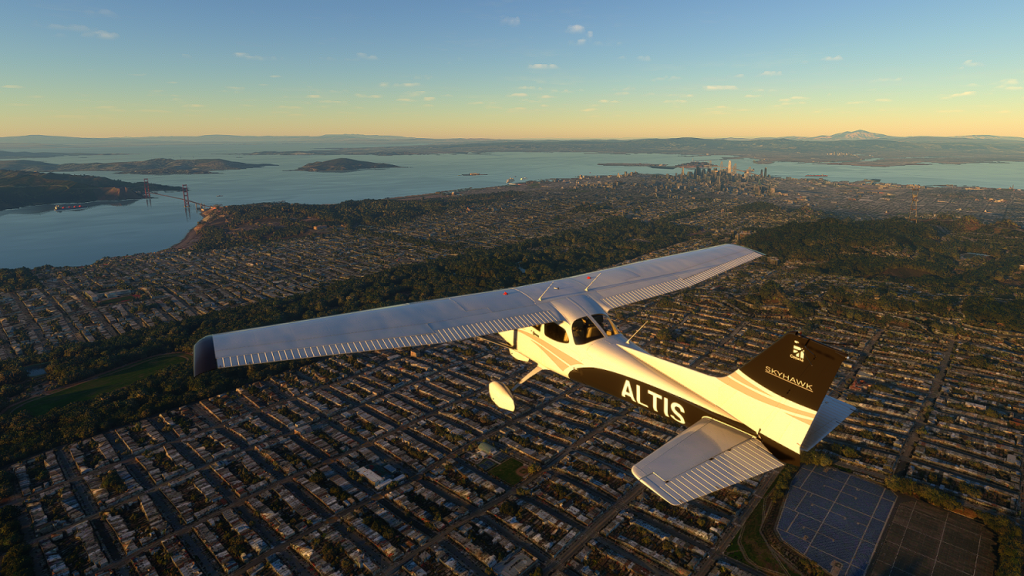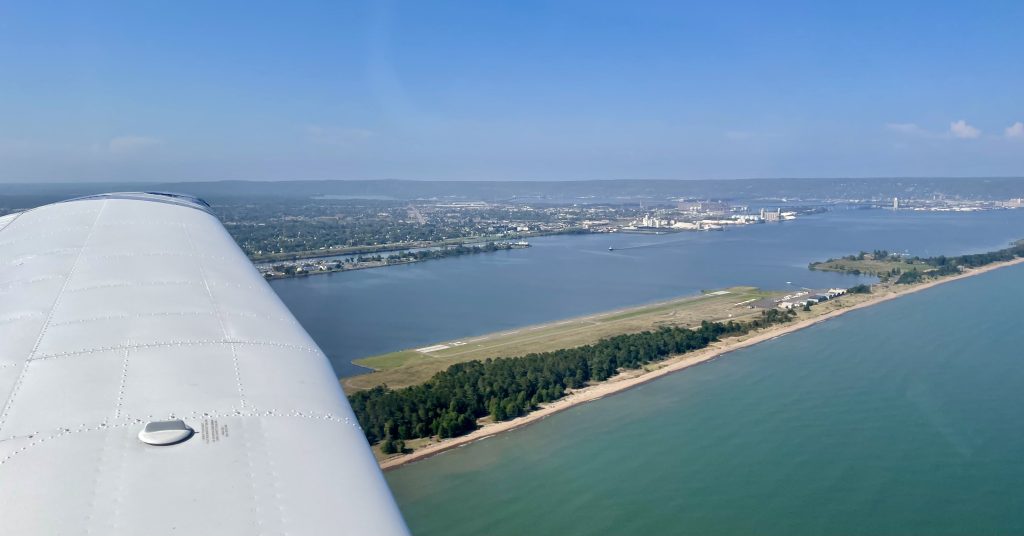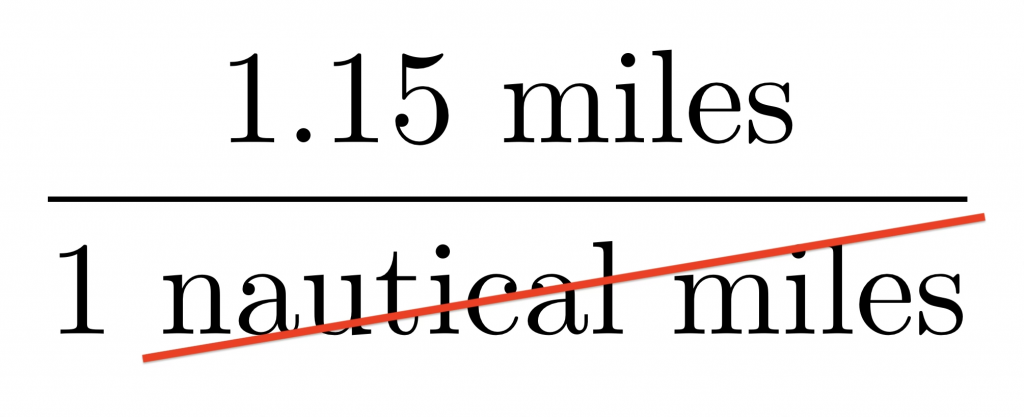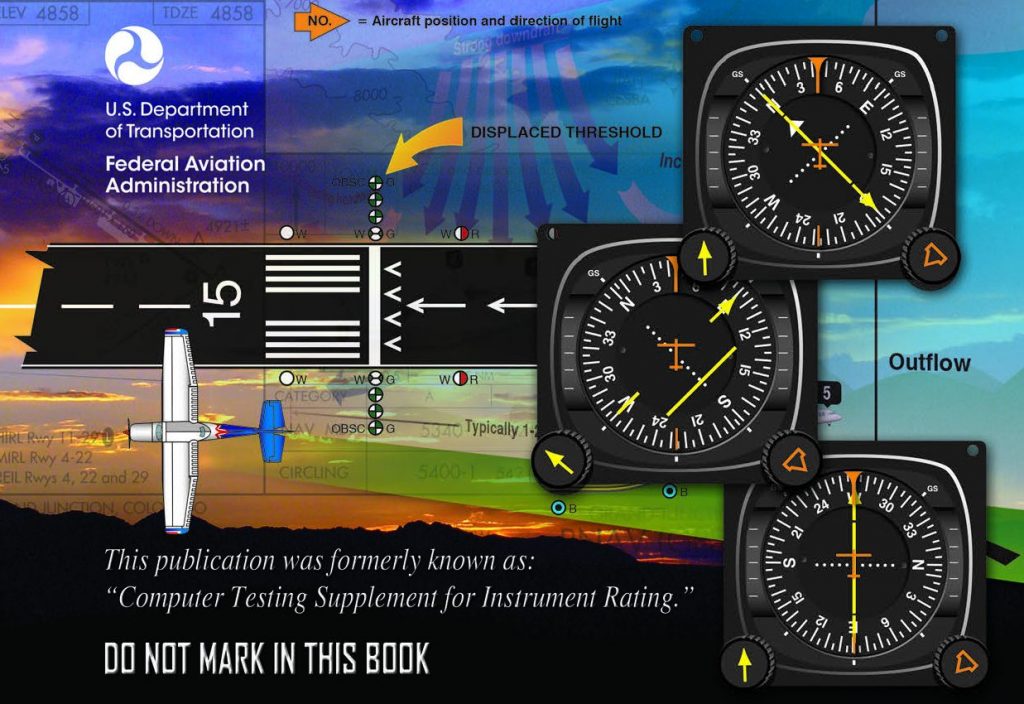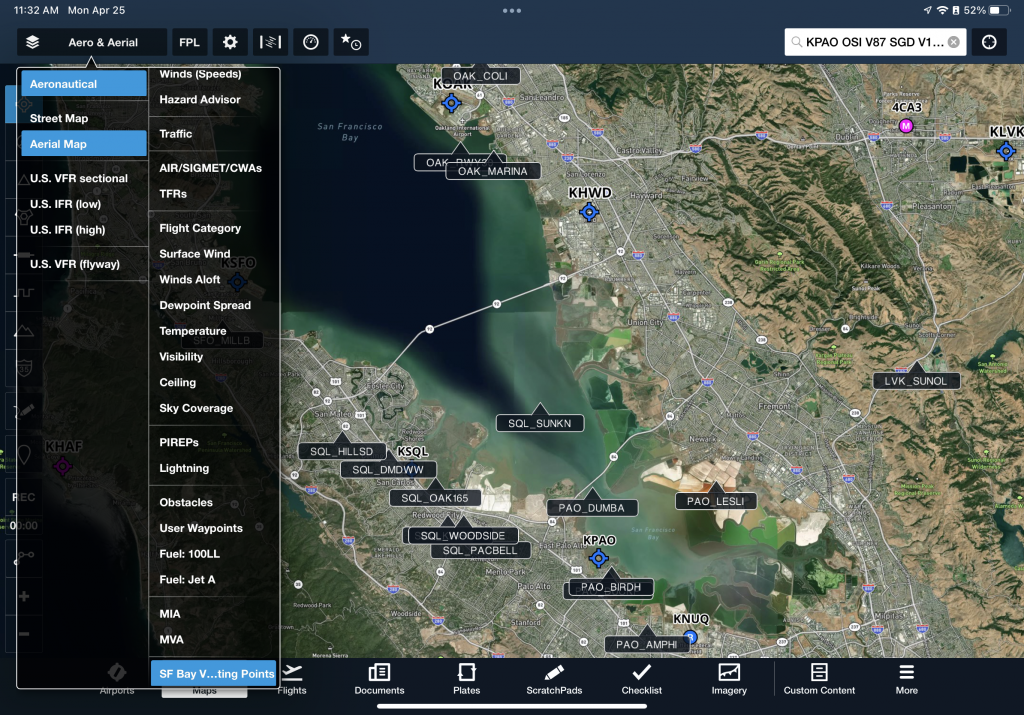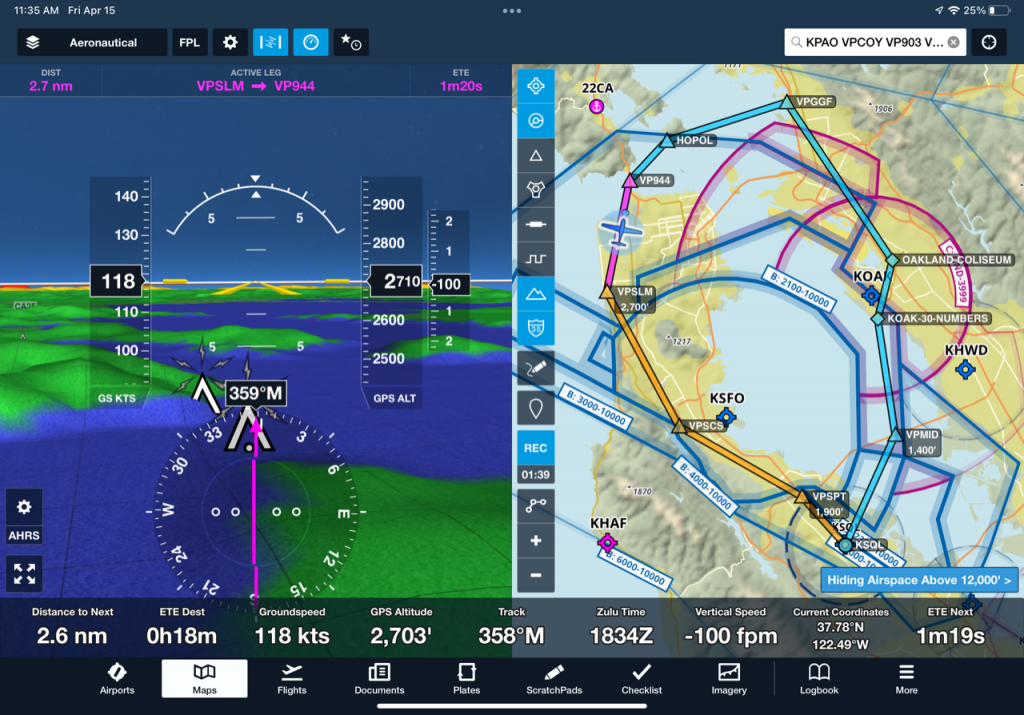How to Save Time with Keyboard Text Replacements
avoid writing your address, certificate number, and other data each time you file
For all it’s usefulness, ForeFlight can be painful when filing flight plans. Every few days, it clears our address, certificate number, and other information.
Fortunately, there’s a easy trick to reduce friction on this and many other online forms: keyboard text replacements.
…

